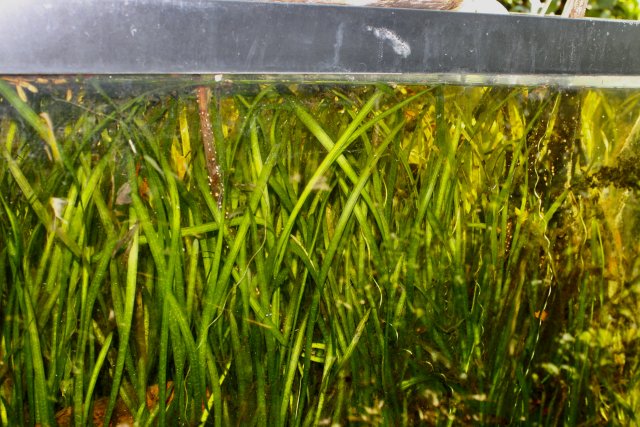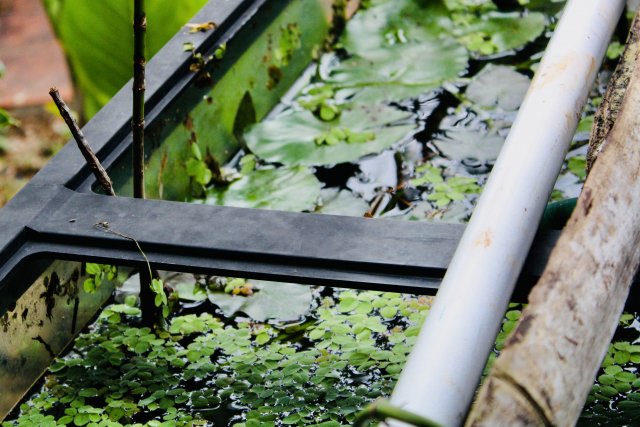've been told that blackwater fishes have problem with higher ph in part due to not being able to handle the bacteria that grow in such water relative to acidic water (this ignores the long term impact of kh on softwarer fishes).
-
The reason for this question is what happens when you inject co2 for plant growth and the ph goes from 7.2 to 5.8; the carbonate level more or less stays the same but do you kill off the 'beneficial' bacteria each time you lower the ph. The reason for this question is how does 'ph crash' differ from co2 induced acidic water which is generally modest impact on fishes.
-
The reason for this question is what happens when you inject co2 for plant growth and the ph goes from 7.2 to 5.8; the carbonate level more or less stays the same but do you kill off the 'beneficial' bacteria each time you lower the ph. The reason for this question is how does 'ph crash' differ from co2 induced acidic water which is generally modest impact on fishes.





